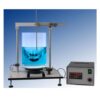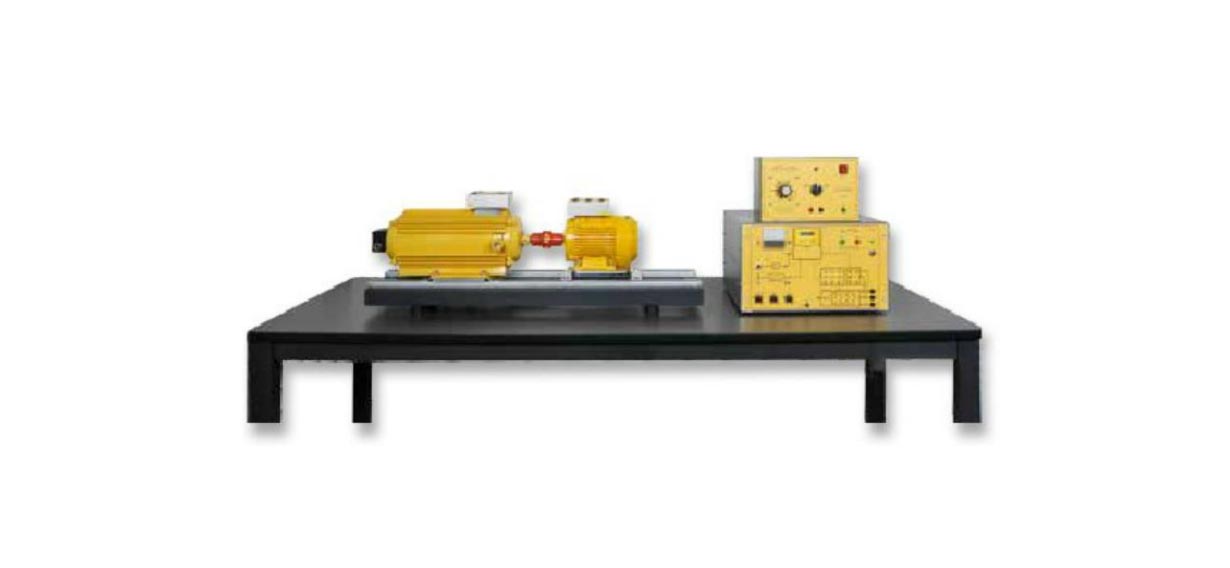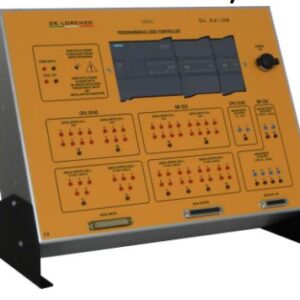The controller consists of three control loops: speed, current and armature voltage (for this latter it is necessary to use the isolation amplifier).
The De Lorenzo’s electric machines bench has been designed to satisfy the following basic requirements:
• The number of groups of students who must work simultaneously
• The available space of the working area
• The plan activities
• The economic advantage
The characteristic key of this bench is its total modularity which means:
• to couple the DC motor with the electromagnetic brake
• to be able to buy the bare essentials
• to configure complete solutions without creating duplication of equipment
The didactic advantage is to be able to investigate the behavior of each module making part of this bench that assumes the following configuration:
• autonomous basic bench able to perform a complete course of speed control on DC motors
• universal base, to secure the machines which can be mounted directly on the bench in front of the DC motor speed controller
• tools and various accessories to be able to make any test on this bench
All machines are built for continuous operation and withstand an overload of about 20÷30% even for long duration.
Moreover, the DC motor and the electromagnetic brake are built with great care and they have such low losses that could be classified as real text machines.
This bench is supplied with an exhaustive instruction manual that explains all of the tests that can be performed on it. Thus, our manual can be considered a theoretical and practical “textbook”.
EXPERIMENTS
The experiments that can be performed are:
• Rotor voltage regulator
• Tachometer regulation
• Meaning of gain
• Resistive load (in thyristor bridge)
• Step response of the current regulation
• Step response of the speed regulation
• The operational amplifier (and transfer function)
• Bode diagram for the current and speed regulations
BENCH FOR THE STUDY OF SPEED CONTROL OF DC MOTORS
The DL MAC‐CCC is a multipurpose bench for the speed control of direct current motors of EUROLAB (0.3 kW) and UNILAB (1.1 kW) electric machines.
The DC motors are used in a wide variety of industrial drives, such as robots, machine tools, oil drilling rigs, mining, automotive systems, etc.
Their speed can be easily adjusted in very fine increments ranging from standstill to rated speed and even above and their construction is made rather complex than their AC counterparts by the fact that they need a commutator, which reverses the direction of current and fluxes to produce a net torque.
The DC motor speed controller is built with a single phase semi‐controlled thyristor bridge suitable for the control of the speed of independently excited DC motors by regulating the conduction period in open and closed loop.
















